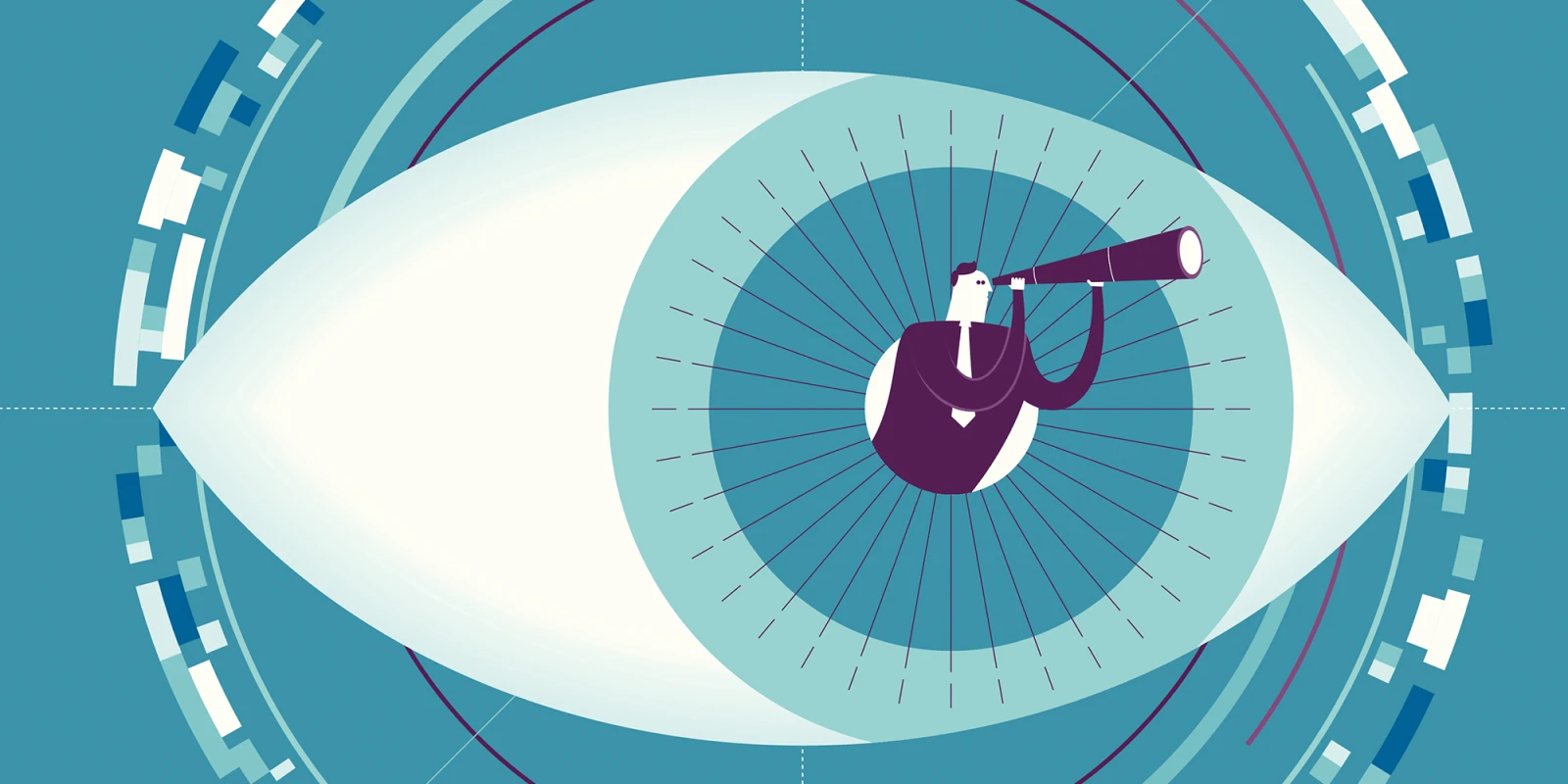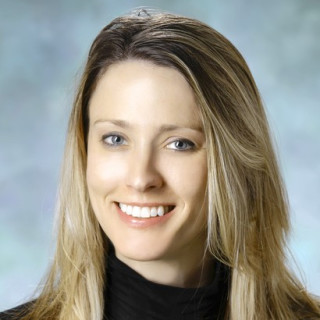
People are often surprised when I tell them that there are (at least) nine subspecialties within Ophthalmology.
"But the eye is so small," they tell me. "Small but complicated," I respond.
I am a cornea specialist, which is somewhat of a misnomer: I not only focus on the 500-600 micron cornea (that alone would be much too "small"), but also lots of cataract surgeries and occasional iris reconstructions. Amazingly, this very specific area of the eye is more than enough to keep me busy clinically, surgically, and academically at the Johns Hopkins Wilmer Eye Institute.
Unfortunately, because I am so focused on this segment of the anatomy, however, it is challenging to keep up with advances in other subspecialties of Ophthalmology. That is why I try to go to the American Academy of Ophthalmology (AAO) Annual Meeting every year, and have attended seven meetings during my nine years as a member.
The AAO Annual Meeting is one of the few Ophthalmology meetings that includes all the Ophthalmology subspecialties. Therefore, it is a great opportunity to learn about advances in multiple areas of Ophthalmology, as well as meet new people and reconnect with old friends.
I usually plan to travel with one or more colleagues and this year, Dr. Adrienne Scott, a retina specialist at Wilmer, was my travel companion. Though we work together at Wilmer, we rarely have time to discuss our various research projects and interests when we are at work. The plane ride was a great way to catch up and we figured out a way to make some of our joint surgery protocols more efficient at the same time. The plane ride home was even better, since one of our glaucoma colleagues, Dr. Henry Jampel, joined us, and gave us the best overview of all the new (and old) glaucoma surgeries.
The AAO Annual Meeting itself is divided into "subspecialty days," which take place the first and second days of the meeting, and the general meeting. I usually attend the cornea subspecialty day, but this year I was honored to be invited to give a talk at the Pediatric Ophthalmology Subspecialty Day and attended that day instead. I really enjoyed the range of topics, especially Andrew Lee's Pediatric Neuro-Ophthalmology talk, and the exciting new myopia research on light exposure and atropine.
My talk was titled "Cornea–The Tip of The Iceberg" and I had discussed several topics that are well-established in adult cornea practice, but not widely used in pediatric patients. The topics I discussed were corneal transplantation (focusing on selective transplantation), cross-linking, refractive surgery, and scleral lenses.
Corneal surgery in children is relatively rare, which is one of the reasons that I was so excited to speak at the Pediatric Ophthalmology Subspecialty Day. Most corneal surgeons are not comfortable performing surgery in children, but there is a small group of us for whom this is our passion. We meet for breakfast every year at AAO to discuss interesting and challenging cases and exchange ideas. We also have one invited speaker each year, and I was honored to be asked this year.
My talk was "Pediatric Corneal Transplants: Update on Preferred Practice Patterns and Surgical Trends," where I presented research that I have been working on for the past several years with one of our residents at Wilmer, Dr. Angela Zhu. We surveyed cornea specialists and pediatric ophthalmologists and collected data from multiple eye banks to determine the current state of pediatric corneal transplantation. One of the most interesting findings is that partial thickness transplantation—now more common than full thickness transplantation in adults—is still rare in children but becoming more common.
In addition to the courses and workshops, the AAO Annual Meeting is a wonderful chance to connect with ophthalmologists from all over the world. It is always interesting to see how new technologies evolve and learn from the world experts. Dr. Donald Tan from Singapore and Dr. Shigeru Kinoshita from Japan are always particularly inspirational researchers. For people who are interested in new equipment, the exhibit hall is like candy land for ophthalmologists, filled with all the latest technologies and treatments. It is especially useful if you are just starting out and looking for equipment/supplies. I usually don't spend much time there, unless there is something specific I'm looking to purchase since it can be overwhelming and I'm usually too busy with courses and meetings.
Other highlights of the meeting included the AAO Orbital Gala, which was a benefit for AAO, complete with an auction, dinner, and dress-up! It was quite amusing seeing some very well-known (and usually quite serious) ophthalmologists looking like extras from Austin Powers. I even won a Pucci scarf at the auction for my mother!
Dr. Christina Prescott is a board-certified Ophthalmologist who specializes in cornea, refractive surgery, and refractive laser eye surgery. She is an assistant professor of Opthalmology at Johns Hopkins University School of Medicine's Wilmer Eye Institute.
If you'd like to contribute your own conference article or commentary to Op-(m)ed, please email opmed@doximity.com.







